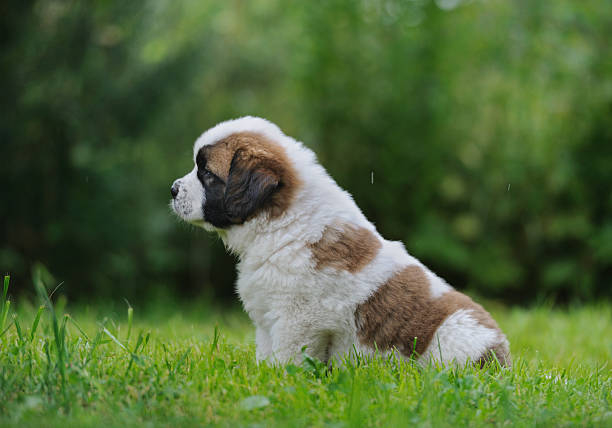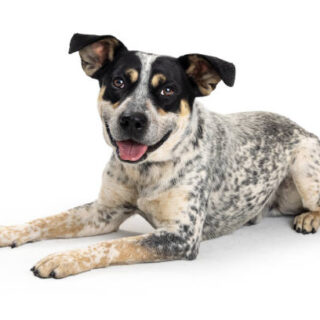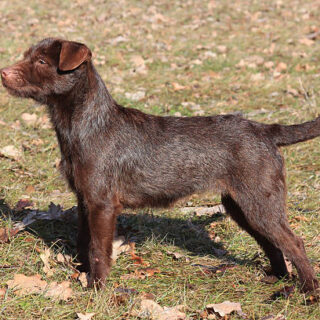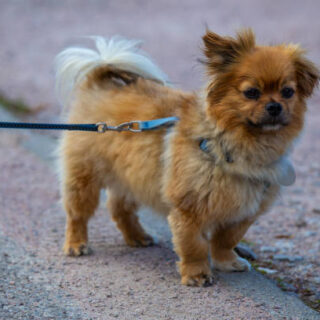Saint Bernard Dog Breed
The Saint Bernard is the original and renowned rescue dog of Switzerland. Since the middle of the 17th Century the Hospice du Grand St. Bernard has been home to large mountain dogs that first protected the monks and their belongings, and later were developed to help find and rescue lost travellers.
Average lifespan of Saint Bernard
St Bernards can live up to 9 years of age.
Average height & weight of Saint Bernard
65cm to 90cm
50kg to 91kg
Breed personality, characteristics & temperament of Saint Bernard
The breed is friendly, loyal, fun loving (particularly youngsters) and people orientated. Individuals will range from very steady and quiet through to a more cheeky and boisterous personality. It is a breed that loves to please which makes training and socialising your pup from an early age an experience that you will both enjoy. With its history as a protector, many of todays Saints will also instinctively watch over the family and belongings, barking at strangers and demanding introduction before allowing that person to enter the home, but it must never be aggressive or fearful.
Compatibility with other pets
Like any other dog, it needs to be properly introduced and supervised with any new additions. Once a friendship is forged, most Saints take on a life-long attachment and consider other pets to be a part of their household.
Care requirements
St. Bernards grow rapidly in the first year or so, and sometimes very awkwardly. Because so much stress is placed on fast growing bones and joints it is necessary to keep a puppy from gaining weight too quickly and becoming fat. Limiting formal walks and training in the first 10 to 12 months of life will protect the growing pup from small injuries and stresses that may affect it well into adult life.
Please take note
St Bernards as with other giant breeds can be prone to various complaints that may reduce their lifespan and enjoyment of life. While some of these, including heart disease, cannot be tested for when buying a pup, other problems, such as hip and elbow dysplaysia can be tested for in breeding stock.
Ideal owners
Families, couples, those living alone – just about everybody.






